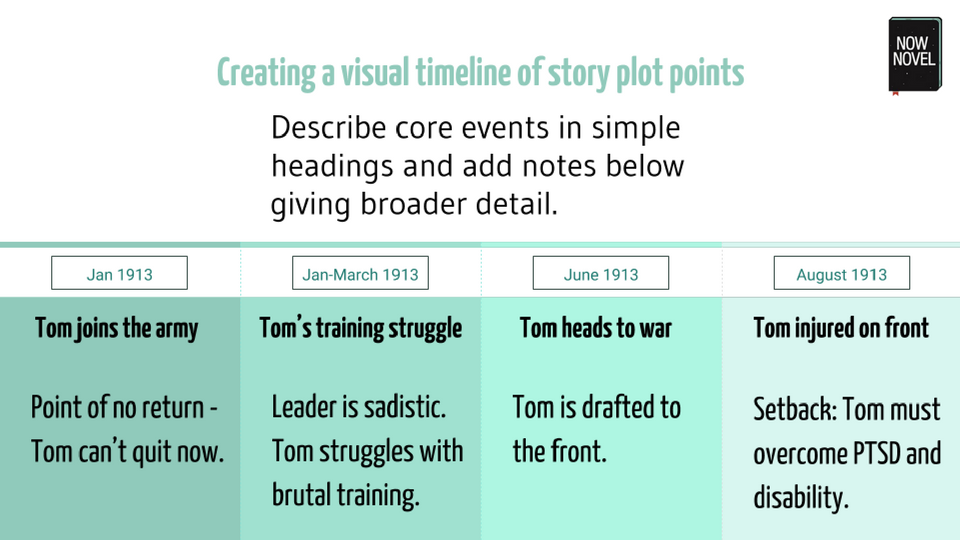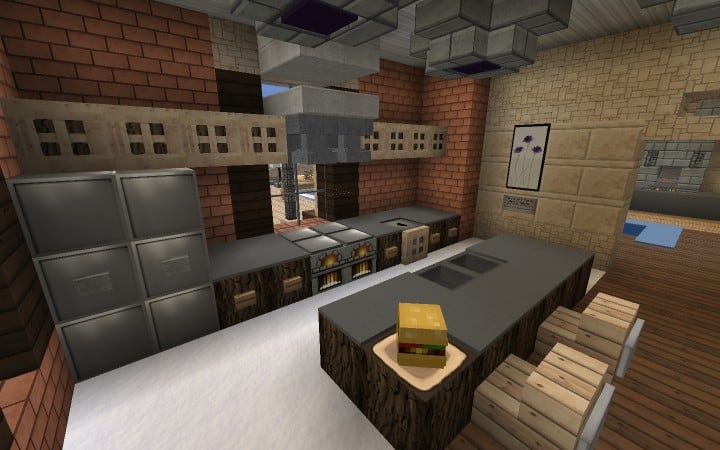5 Plots Of Story
The first half of these short story ideas are general categories — Humor, Family, Power, Plot Twist — while the second half offers story ideas in specific genres — Fantasy, Horror, Dystopian, Crime, Sci-Fi, Romance. Substitute teachers are sick of not being taken seriously, so they form a secret society: Subperior. The Five Act Structure. The five act structure expands the classical divisions and can be overlaid on a traditional plot diagram, as it follows the same five parts. Shakespearean plays especially are known for following this structure. The fabula (story) is what happened in chronological order. In contrast, the syuzhet (plot) means a unique sequence of discourse that was sorted out by the (implied) author. That is, the syuzhet can consist of picking up the fabula events in non-chronological order; for example, fabula is 5., a n , syuzhet is 5, a.
Writers Write is a writing resource. In this post, our guest blogger shares a 5-part story structure for beginners.
Guest Post
A 5-Part Story Structure For Beginners
One of the first things we are taught in the 1st grade is how to write a good story. It makes sense because our lives are made up of stories. Each of us has a unique tale. Every day is a story with a plot, characters, and a beginning, a middle, and an end. So, why not tell a good story with a great structure?
Many would support the idea that a good story ought to have these three main parts. Those who agree are professional writers, movie directors, and professors. Without these three fundamental divisions, any given story would appear jumbled. It causes the reader to give up on engaging with the author’s thoughts.
1. Introduction
The beginning of a story is where the author introduces the five important questions: WHO, WHAT, WHY, WHEN and WHERE. They familiarise the reader with the characters, the plot, and the time zone. They give a general idea of what the reader has to expect from the narrative.

In this first part, also called the exposition, the author creates a bond with the main character. It is possible to reveal the character’s aim and ensure a ‘hook’. That means to provide an incentive and a reason for the reader to continue pursuing the story.
2. Doorway No. 1
Good narrative structures also contain a delicate shift, or, as some call it a ‘doorway’. It is the section where the author puts the character into a complicated situation and forces him or her into an irreversible circumstance. This is the part of the story where the action starts to brew. The main character may end up in a difficult position and he or she develops the story goal here. This is the best time to hook the reader into your plot.
3. Middle
The first part (or introduction) serves as a section where everything is set up. The second part of the story is where the story line develops and becomes complicated. We call it the “middle”. More intricate layers of the characters become clear. Secret intentions and relationships start to surface. Needless to say, as conflict ensues, tension adds to the story.
It is a good trick to keep the reader on edge. The author also has the option to weave in subplots to add to the main plot. The middle is the part where the story starts to move towards the climax. That’s the segment of a narrative, also referred to as the development, that gives the reader the sense of the inevitable conclusion.
4. Doorway No.2
As the level of conflict builds throughout the story, doorway No.2 opens. The writer can make use of it to thrust the main character into a final conflict. Let’s call it the pinnacle of the narrative. This climactic moment is where a major blow or crisis usually occurs, which later sets up a potential final solution.
5. End
5 Plot Of The Story Orpheus
The end or the denouement is the climax of the story. This is the part where everything comes together and starts making sense – in case it didn’t make sense before. This is the section where the author writes about the final confrontation and the inevitable aftermath.

A good story should not have any loose ends. The denouement is the perfect place to answer all unanswered questions. Respond to inquiries that may have appeared throughout the story.
The ending can also include poetic justice or an element of sacrifice. It depends on the theme and subject matter the author chooses to write about. This elevates the already scandalous atmosphere that reader has been sucked into.

We have an innate desire for happy endings. Often times, writers choose to provide the readers with what they know the public will generally like. Yet, the story can also end on a negative or ambiguous note. This in turn leaves the reader wondering and perhaps feeling a bit dazed.
The Last Word
It doesn’t matter what type of story you choose to write. The most important thing to remember is to start at the beginning, continue in the middle, and finish at the end. And like a good recipe, every story should contain a little bit of spice, whether it’s love and romance, or revenge and power.

We hope this story structure for beginners helps you write your book.
by Laura Carter. Laura is a former educator who is now an academic writing and higher education blogger. Laura’s passion is great fiction and short story writing. Follow her on Twitter.

Top Tip: If you want to learn how to write a book, sign up for our online course.
8 Elements of a Story Explained
What are the main ELEMENTS OF A STORY?
- Setting
- Character
- Conflict
- Theme
- Point-of-view
- Tone
- Style
These are the basic elements of a story that you learn about in elementary school:
1. Setting: Where and when is the story set? Setting represents both the physical location but also the time (i.e. past, present, future) and the social and cultural conditions in which the characters exist.
2. Character: A person or animal or really anything personified. There can be one main character or many, and often there are secondary characters, but not always.
3. Plot: The plot consists of the events that happen in the story. In a plot you typically find an introduction, rising action, a climax, the falling action, and a resolution. Plot is often represented as an arc. To learn about plot in detail, read the article: “What is a Plot.”
4. Conflict: Every story must have a conflict, i.e. a challenge or problem around which the plot is based. Without conflict, the story will have no purpose or trajectory.
5. Theme: Idea, belief, moral, lesson or insight. It’s the central argument that the author is trying to make the reader understand. The theme is the “why” of the story.
In high school, you start learning the advanced elements of a story:
Plot Elements Of A Story
6. Point-of-view: “Who” is telling the story? First person (“I”) or third person (“he/she/it”). Limited (one character’s perspective), multiple (many characters’ perspectives) or omniscient (all knowing narrator). Second person (“you”) is not often used for writing stories.
7. Tone: The overall emotional “tone” or meaning of the story. Is it happy, funny, sad, depressed? Tone can be portrayed in multiple ways, through word and grammar choices, choice of theme, imagery and description, symbolism, and the sounds of the words in combination (i.e. rhyme, rhythm, musicality).
8. Style: This is how things are said. Word choices, sentence structure, dialogue, metaphor, simile, hyperbole. Style contributes significantly to tone.
Literary Essay: How and Why
When analyzing a piece of literature for a paper or essay, you’re basically looking for “how and why.” Explain how the author used the above elements of a story (or one of the above elements) and why they are significant, or why they work or don’t work, or alternatively, why you like or don’t like them. If you understand one or more of these elements in depth, you’ll be well on your way to a quality literary essay.
To learn about PLOT in detail, read the article: “What is a Plot of a Story?“
Are you teaching this topic? Here’s a perfectly printable PDF of the elements of a story.
Check out 10 Steps to an A+ Essay to see our formula for acing an essay! A helpful infographic is also provided.
Looking for a book on this topic? Try The Elements of Story: Field Notes on Nonfiction by New York Times Editor, Francis Flaherty.
Toy Story 5 Plot
*This article updated on July 21, 2020.